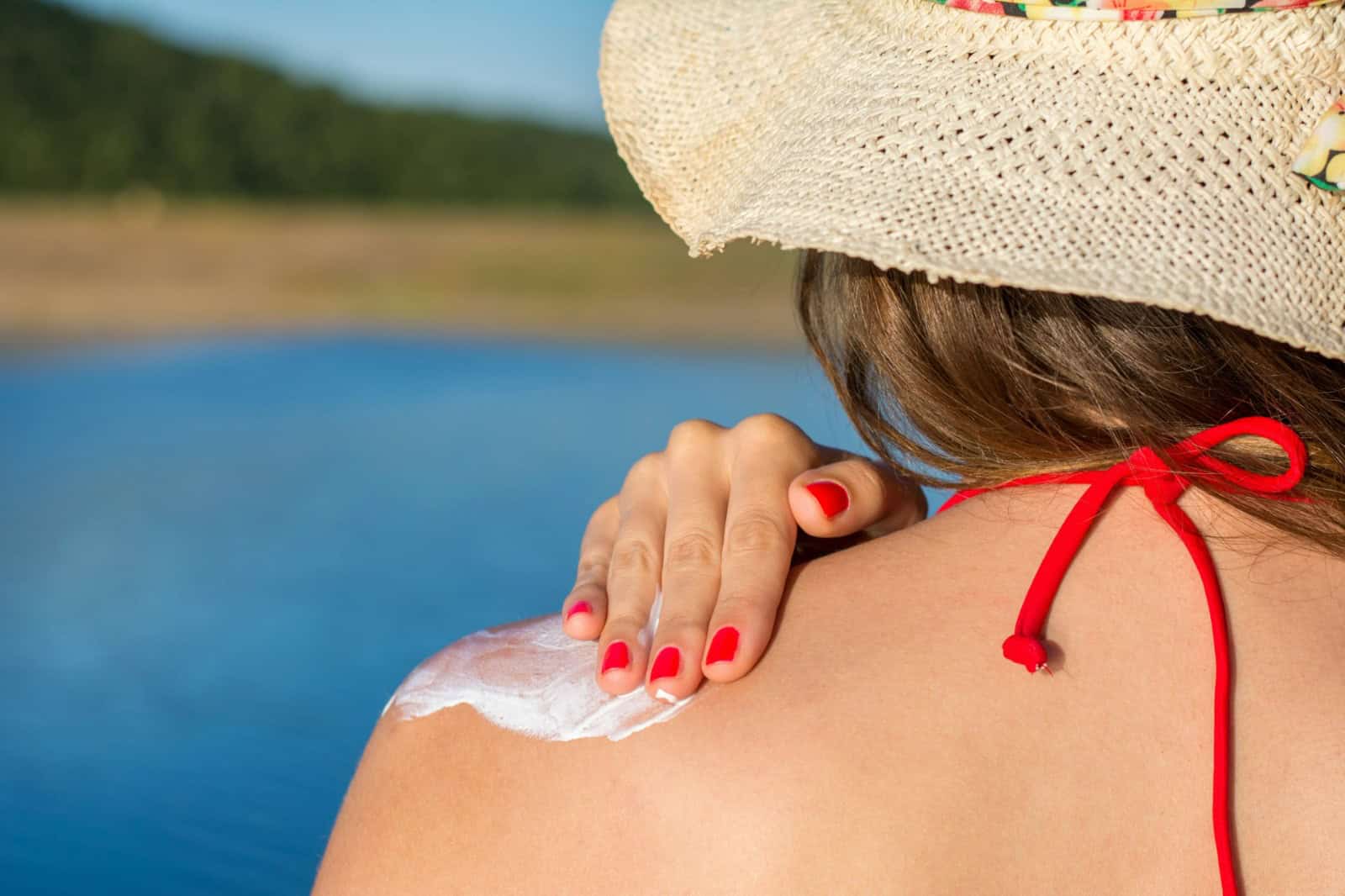Practical guide: how to take care of children during the summer

Summer is a time for children to splash around, play, and experience nature. However, behind the days of childlike fun can lurk sunburns, dehydration , or bites that could be avoided with a little prevention .
"Knowing how to protect children from the sun is important during the summer months," says Margaret Threadgill , MD, a pediatrician at Mass General Brigham and Women's Hospital. "But parents should also be aware of other serious risks, such as dehydration , drowning , and Lyme disease ."
Mass General Brigham pediatrician Margaret Threadgill offers clear recommendations for preventing common incidents and promoting children's health during the summer , when the hottest months of the year are concentrated.

Swimming pools, beaches, rivers, and lakes can become a potential hazard if there is no constant supervision . Drownings happen within seconds, even when adults are nearby.
Drowning prevention is all about paying attention. "When you're in charge of watching children in a pool, it's essential to give them your full attention," says Dr. Threadgill. "That means not getting distracted by reading or using your phone. To make it easier to focus 100%, trade 15- to 30-minute shifts with another adult so you can take breaks."
When you're near water, set clear guidelines with your children . Make sure your children know they can't go into the water without telling an adult. And if you're boating, children should always wear life jackets.
How to Prevent Sunburn in Babies and ToddlersWhen you're at the pool or the beach, water safety isn't the only concern. Sun protection is also important. "We know that many skin cancers in adulthood originate from childhood sunburns," says Dr. Threadgill.
It's recommended to apply mineral sunscreen with SPF 30 or higher when children are exposed to the sun. If you're unsure how much sunscreen to use or how often, Dr. Threadgill suggests reading the package instructions.
Clothing with UPF (ultraviolet protection factor), which is similar to SPF but for clothing, is also an effective allies: T-shirts, swimsuits, rash guards, wide-brimmed hats, and sunglasses.
In case of a burn, it's best to apply aloe vera or light creams for sensitive skin. Avoid oily ointments, which trap heat and worsen redness.
Extreme Heat: How to Avoid Heat StrokeChildren often ignore their body's signals when they're playing. Therefore, on days over 85°F (29°C), it's recommended to move them to a cool space every 30 minutes, even if they don't complain.
Hydration shouldn't be reactive, but rather constant. Encourage them to drink water, even if they're not thirsty, as once thirsty develops, a certain level of dehydration already exists. If you're planning a road trip, place visors or sunscreen on the windows to avoid direct sun exposure.
And never, under any circumstances, leave a child inside a parked car. It only takes 10 minutes for the vehicle's internal temperature to reach dangerous levels. On hot days, heat exhaustion can occur even more quickly.
Insect bites: prevent first, relieve laterInsect bites from mosquitoes and bees are common in summer . Avoid going out at dawn or dusk, when mosquitoes are most active. Wear clothing treated with permethrin or apply repellent with up to 30% DEET, which is safe for children 2 months and older.
Choose pump-type lotions, not sprays, and avoid applying repellent to the hands of young children to prevent contact with their eyes or mouth. Some bites can cause significant swelling or even a low-grade fever. To soothe them, apply hydrocortisone cream or oral antihistamine for children if the reaction is severe.
Cover bites with bandages if your child tends to scratch, and watch for signs of infection, such as redness with pus or pain. If you suspect any infection, consult your pediatrician.
Lyme disease: the silent threat of ticks
Beyond the nuisance of insects, some species—like ticks —can transmit serious diseases. A bite can transmit the bacteria that causes Lyme disease , which can affect the heart, joints, and nervous system if left untreated.
To prevent this, avoid areas with tall grass and dense woods. If your family will be in these environments, wear long pants, light-colored clothing, high socks, and hats. Permethrin-treated clothing and DEET repellents are essential.
When you return home, check your child's entire body: scalp, behind the ears, armpits, groin, and between the toes. If you find a tick, remove it with tweezers, pulling firmly upward, and save it for testing. Also, placing clothes in the dryer for 10 minutes on high heat helps remove any attached ticks.
Grills and campfires: enjoy without accidentsGrills and fire pits create memories, but also risks. "When it comes to open flames and barbecues, it's important to keep an eye on young children so they don't get burned," says Dr. Threadgill.
So set clear rules: children should not be allowed to go unsupervised. Avoid leaving hot utensils or skewers within reach, and teach them how to handle them carefully if they are old enough to use them.
Also remember the risks of foodborne illness . Don't leave perishable foods out in the sun for too long. If a cold salad gets warm, it's best to throw it away. This reduces the risk of food poisoning, which can ruin the celebration.
The key is to anticipate risks and make care a routine . Checking children before and after play, applying sunscreen as part of your daily routine, offering water frequently, and teaching basic safety rules may seem like a lot, but it's worth it.
Children's health in the summer doesn't mean limiting themselves, but rather preparing the ground so that this season continues to be a time of discovery, play, and laughter. It just requires a little attention to keep everything running smoothly.
TOPICS -
Diariolibre





